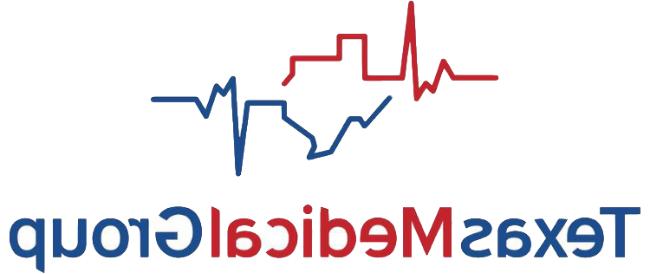
EEOC Issues New Guidance on Visual Disabilities and the ADA
On July 26, 2023, the Equal Employment Opportunity Commission (EEOC) issued new guidance that explains how the Americans with Disabilities Act (ADA) applies to applicants and employees with visual disabilities.
Background
The ADA is a federal law that requires employers with 15 or more employees, along with state and local governmental employers, to provide reasonable accommodations to individuals with disabilities unless it would cause undue hardship. It also prohibits employment discrimination based on disability and restricts employers from asking about or obtaining certain medical and disability-related information about employees and applicants.
The EEOC first issued guidance on how these rules apply to individuals with visual impairments on May 7, 2014. The newly released guidance is a revised and renamed version of that original document.
New Guidance Topics

The EEOC’s new guidance provides information and examples, in question-and-answer format, to explain:
· When employers may ask individuals about their vision;
· How an employer should treat voluntary disclosures about visual disabilities;
· What types of reasonable accommodations individuals with visual disabilities may need;
· How employers should handle safety concerns relating to individuals with visual disabilities;
· How employers can ensure no employee is harassed because of a visual disability or any other disability; and
· How using artificial intelligence and algorithms to make employment decisions can impact individuals with visual disabilities.
Reasonable Accommodations
The new guidance also lists several potential options for reasonable accommodations. Examples of accommodations for visual disabilities include:
· Assistive technology, such as text-to-speech software;
· Accessible materials, such as braille or large print;
· Modification of employer policies or procedures, such as allowing guide dogs in the work area;
· Ambient adjustments, such as brighter office lights; and
· Sighted assistance or services, such as a qualified reader.
This article is for informational purposes only and is not intended as medical advice. For further information, please consult a medical professional. © 2023 Zywave, Inc. All rights reserved.

Discussion
There are no comments yet.